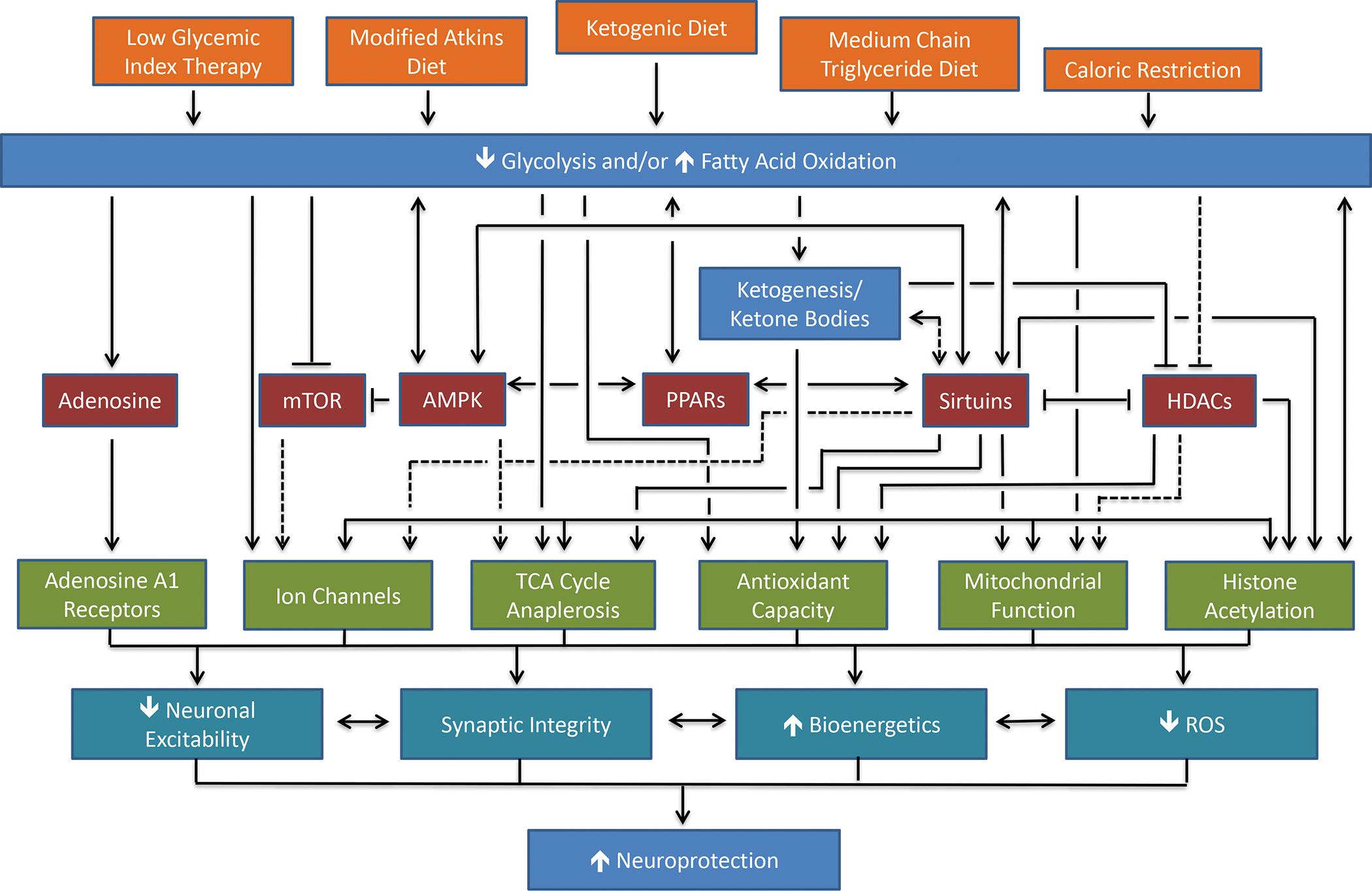Figure 7: Mechanisms Underlying the Neuroprotective Effects of Ketogenic and Related Diets.

Proposed mechanisms for the neuroprotective effects of the ketogenic diet and its variants. The major dietary interventions are shown in orange, including caloric restriction which mirrors many but not all the biochemical or physiological effects of the exogenous diets. The metabolic effects of the various diets are shown in blue; the energy-sensing pathways that may mediate the effects of the dietary alterations are shown in red; the cellular effects resulting from the diets and/or the energy-sensing pathways are shown in green; and the broad protective effects of the diets and the resulting cellular effects are in shown cyan. Solid black lines indicate linkages detailed in the literature; dashed black lines represent possible, but as yet unproven links. Abbreviations: mTOR, mammalian target of rapamycin; AMPK, adenosine monophosphate-activated kinase; PPARs, peroxisome proliferator-activated receptors; HDACs, histone deacetylases; TCA, tricarboxylic acid cycle; ROS, reactive oxygen species. Modified with permission from Gano et al., Ketogenic Diets, Mitochondria and Neurological Diseases, Journal of Lipid Research, 2014. 55: 2211–2228.
